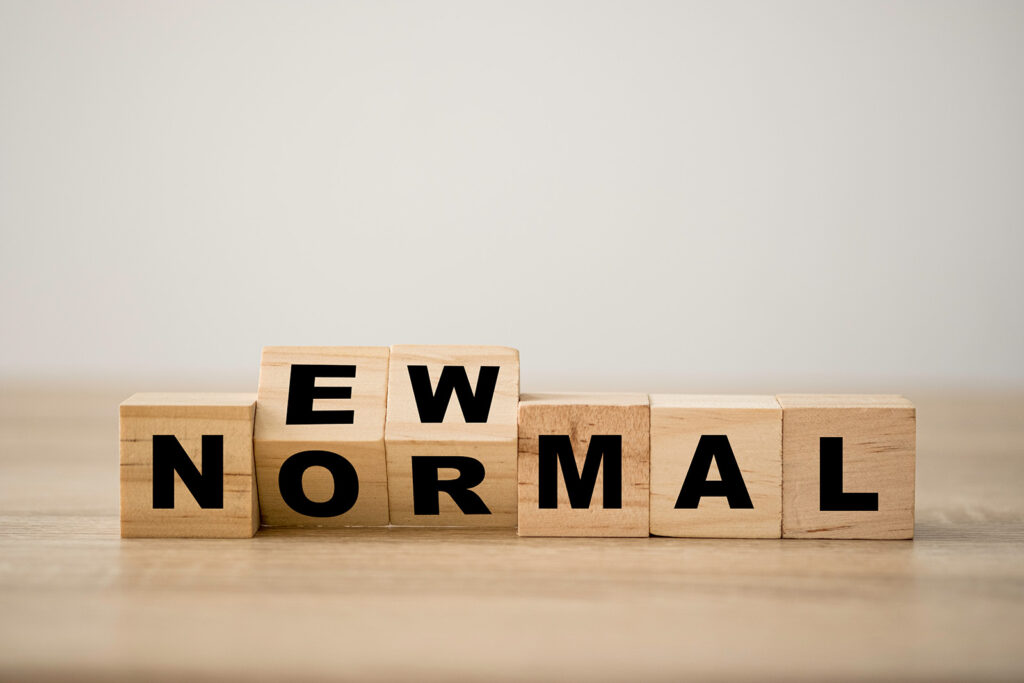
Resources
10 Ways to Personalize Digital Marketing for Life Sciences
Marketing trends for 2022 show that health, medtech, and life sciences brands are benefitting from integrated marketing strategies that leverage data-driven digital presence. As you seek to improve and expand upon your own web presence, it’s crucial to recognize that your visitors want to feel like the only person in the virtual room.
Your site visitors want the warm, attentive feeling that accompanies personalization. When done correctly, personalization demonstrates that you uniquely understand your audience. But your audience will run for the hills if personalization tactics are misused in a way that suggests a violation of their privacy and trust.
Connecting with your audience is vital to securing attention and enthusiasm. Personalization is a key component of that connection. How can you strike the right balance?
1. Generate curiosity
One of the things you need to know as a health and life sciences marketer is how to generate curiosity in your audience. Sometimes this means giving your audience less instead of more.
Ask yourself: What is the interest level of my audience, and what topics matter most in my conversation with them? This gives you various personalization opportunities on your web channels, including your blog, website, and social channels.
2. Personalize Content on Digital Channels Based on Expertise
Catering your content for different social platforms is a key component to personalization. Globally, and across a variety of social media networks, people share the most intimate details of their lives; it’s an essential component of modern relationship building. This is important as a health or life science brand; how is your product or service changing or improving their lives? This content should be hyper-targeted; not a blanket statement that applies to either patient or to a care team. Each segment should have a different experience. Meet them where they are.
3. Targeted Messaging Based on Experience
By using carefully researched keywords, you can enable the kind of targeting discussed above to distribute your message to the appropriate audience.
On-site search is a strong indicator of a visitor’s intent to return to your site and something you should be aware of. You can also use the information obtained from this feature to display related content to your visitors.
Additionally, traffic that comes in from your paid search campaigns through Google or other platforms can give you an easy personalization opportunity to match the messaging from the ad that brought your visitor onto your site with the form they need to fill out to get lead magnet you’re hoping to entice them with.
If you don’t personalize the landing pages your paid search campaign traffic enters through, you’re leaving conversions on the table.
4. Landing Pages and Site Visits
Once you entice the audience with your initial pitch, distributed via content channels like social media platforms or paid media like search, the landing page should match up with audience expectations or they’re going to leave. Personalization is critical once again.
Have different landing pages for different audiences. If your product can be purchased by both care teams and the patient, you should have two separate, personalized landing experiences for each audience. The care team’s “pain points” and the patient’s are not necessarily the same. Reflect this in the landing page. Provide relevant FAQs and direct them where they are most likely to convert into a lead.
You can even tailor your site to recognize multiple visits from a unique visitor, and tailor the greeting accordingly.
Example:
First visit: Hello!
Second visit: Welcome back!
Third visit: How can we help?
Don’t be afraid to get personal. You can start small and tailor your messaging to your top persona.
If your organization is medtech-focused, and you’re targeting someone working in DevOps, your greeting should be duly unique. As you gather more data and become more adept at personalization, you can keep creating other messages and updating existing ones to match additional personas.
This will generate a truly personalized experience based on the visitors’ respective interests.
5. Focus on goals and outcomes
Based on the information we’ve provided so far, it’s good practice to focus on your digital channels’ goals and outcomes. And when we say goal, we don’t mean your NYE resolutions. These should be explicitly tied to data over a specific period of time.
Example:
X visitors daily
Y form conversions quarterly
20% reduction in CPA within 6 months from campaign launch
DO move your user to the next logical goal. DON’T repeat content for goals that you’ve already achieved. If a visitor has already signed up for your newsletter, focus on the next offering that will retain their attention and keep them coming back to your site.
Don’t stop there. This is the time to really focus on the big picture and consider how each goal you set is contributing to your overall business objective. If you ignore your visitors’ actions and keep proposing the same old thing, chances are they’ll develop a wandering eye.
6. Personalize by Device Type
Whether you’re tech savvy or not, there is nothing more frustrating than trying to access a website from your phone, only to be thwarted by a page layout that hasn’t been customized for your particular device.
Consider specific attributes for each device a visitor could be using and then make sure your content is accessible for desktop, tablet, and mobile. Speaking of mobile users, another opportunity for personalization is using device rules to personalize the experience to bubble up the tasks that a person on a mobile device is most likely trying to accomplish when they are away from their laptop or desktop computer.
7. Downloadable Assets
Your website probably includes downloadable assets that your visitors can access in exchange for an email address. That’s a great lead generator for an email drip campaign, but imagine how tailored your messaging could be if you knew how those visitors interact with media items like PDFs, videos, and other documents.
Some things to consider to personalize media assets:
Related content
Format of content
Specific piece of content
Number of downloads
Knowing that a spreadsheet template asset was downloaded along with five or more other assets is valuable data. Even just knowing which asset has the most downloads is valuable. You can use this information to spark ideas for other potentially valuable content your visitors may be seeking.
If you have an infographic that is accumulating repeat downloads, but a premium content counterpart with the same information has no views, you can use that data to your advantage. Perhaps your visitors prefer infographics or videos to long-form blog posts.
If that is the case, you can jump on a prime opportunity to customize that content and create a deeper and more personal connection.
8. Use Pattern Matching
When we say patterns, we mean data that gives us insight into personal interactions and consumer behavior.
Based on how your visitors interact with your site, you can create profiles that will help you keep track of pattern-specific behaviors and even start implementing pattern cards to define steps in a marketing automation campaign. Yes, automation can (and should) be personalized.
By quantitatively and qualitatively analyzing your site visitors’ patterns, you will cultivate better insights and in turn implement and execute strategies faster that will allow you to stay ahead of the curve.
9. Real-Time Personalization
This includes date, time, location, geotargeting and internationalization. One aspect of implementing predictive personalization is targeted session attributes. Whether a user is accessing your site from either coast in the United States, Europe, or any other continent, when that specific visitor lands on your site, their predictive profile can automatically populate with content they find most relevant.
You can adapt your messaging based on a user’s physical location. Changing the language, currency, or other country-specific details are table stakes, but user-specific imagery is another small yet significant detail.
10. Retargeting
Last on this list is retargeting, implemented after someone visited your website, didn’t convert, and went about their day as usual. Retargeting will allow you to reinforce messages and reiterate Calls to Action. Modern retargeting has become fairly sophisticated. Through advances in filtering and configuring, it can produce highly personalized results, which in turn offer your site visitors that meaningful connection they’re expecting across the web.
All of these tips have one common thread: offer your visitors an immersive and personal experience. They will feel more comfortable with you as a health or life science brand, and you will enjoy a mutually beneficial relationship.
Regardless of your approach to personalization, it should essentially strive to emulate healthy human relationships. Strike up a conversation, don’t be too pushy, engage on a meaningful level, and continue to cultivate mutual trust.
Find Out How You Should Get Personal with Your Audience
Want to get a step-by-step game plan for meaningfully personalizing your content for each of your high-value personas across all of your marketing channels? Generate your free, personalized playbook right now.








